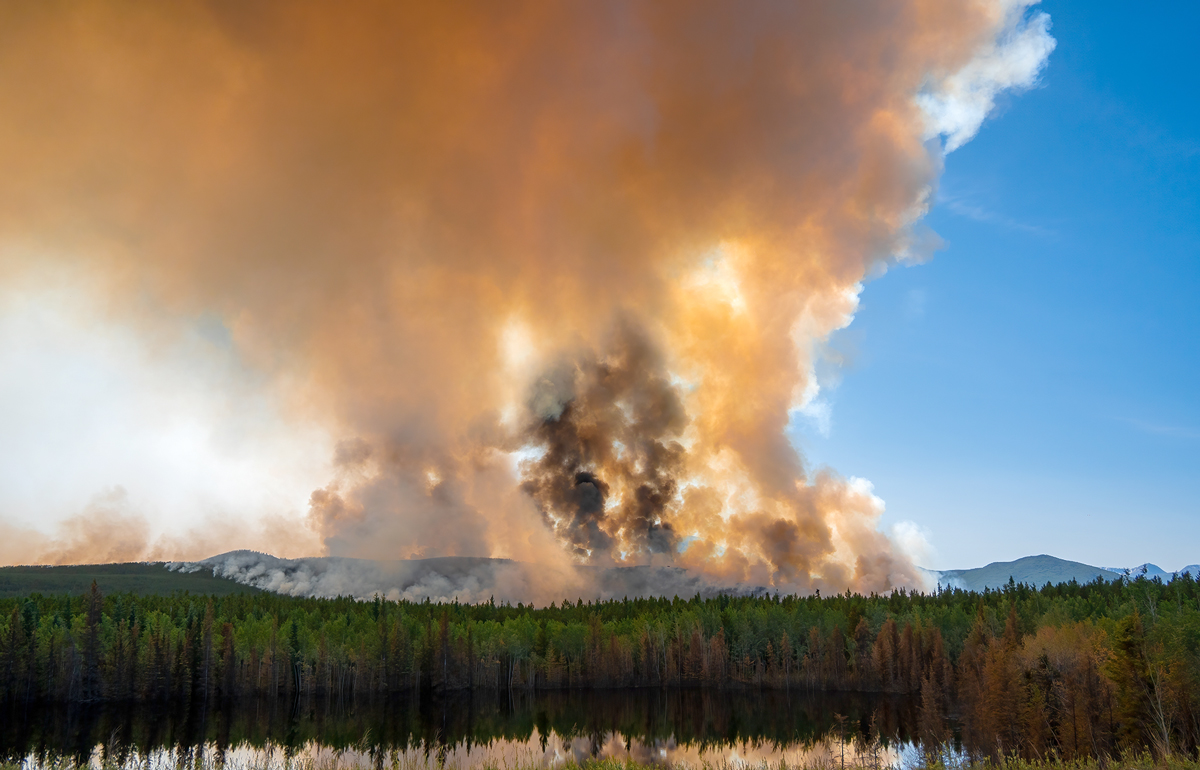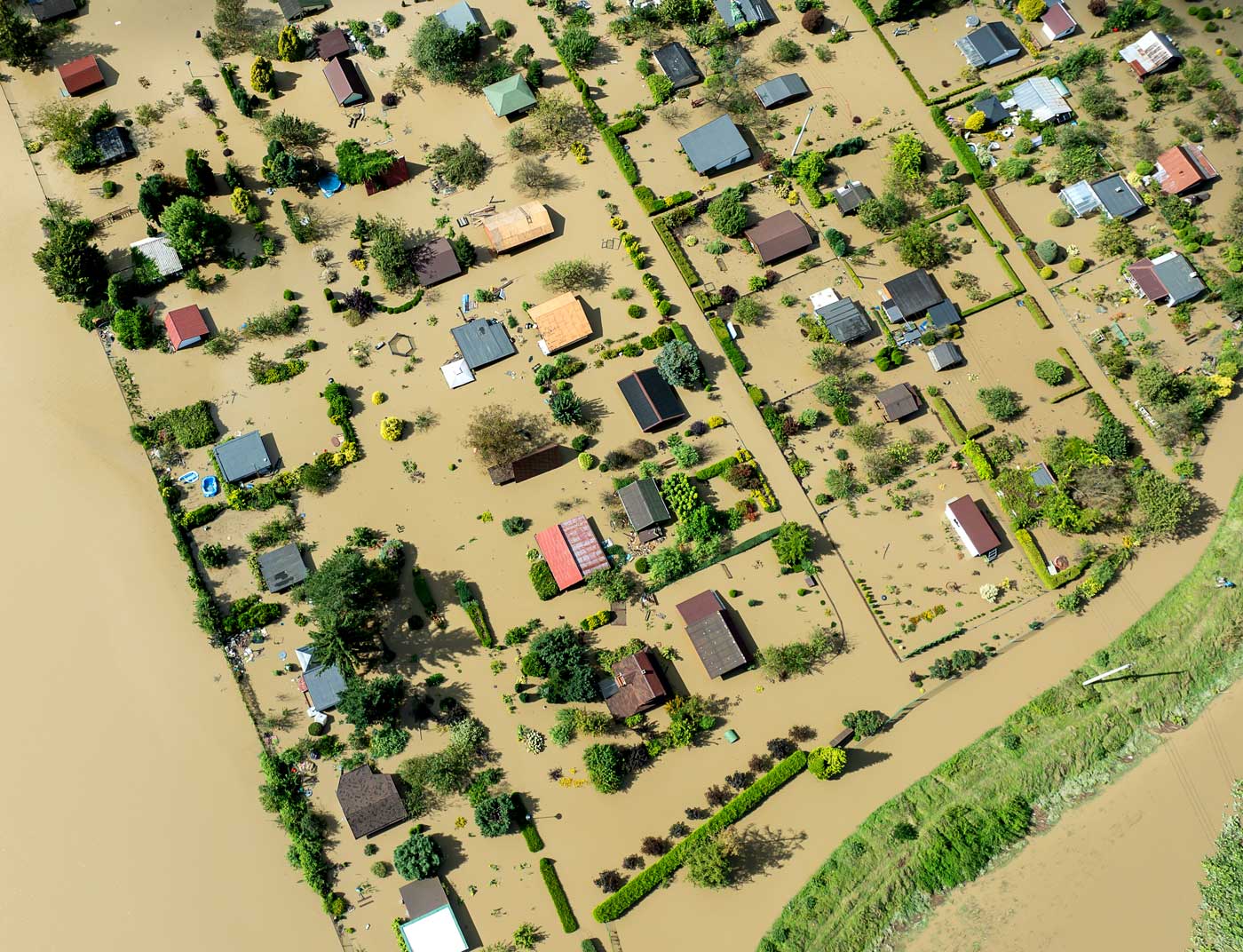March 21 marks International Day of Forests, which the United Nations General Assembly designated in 2012 to raise awareness of the importance of forests for food security, biodiversity, climate stability and a sustainable world.
Forest ecosystems provide essential services—carbon sequestration, water regulation, and soil fertility—that support industries from agriculture to infrastructure. Yet 10 million hectares of forests are lost annually due to deforestation, with 70 million hectares affected by wildfires, raising questions about the financial and economic implications of forest degradation.
The charts here spotlight the significance for investors and participants across capital markets of identifying deforestation-related risks and the critical role nature-based finance in preventing deforestation, protecting nature and biodiversity, and limiting the impacts of climate change.
Share of listed companies contributing directly or indirectly to deforestation (number and % of companies)
12% of publicly traded companies worldwide could be contributing directly or indirectly to deforestation.
Source: MSCI ESG Research, constituents of the MSCI ACWI Index as of Dec 31. 2024.
Tropical forests protected by carbon credit projects (hectares million)
Nature-based carbon credit projects now protect over 60 million hectares of tropical forests — an area bigger than the size of France
Source: MSCI Carbon Markets, Sept 2024.
Potential for positive biodiversity impacts of forest restoration projects in the voluntary carbon market
20 million hectares of forest globally are being restored via carbon credit projects — 66% of these projects have a medium to high potential for positive biodiversity impacts.
Source: MSCI Carbon Markets, analysis of 670 global reforestation projects, October 2024.
4 papers that will help you understand the role of finance in preventing deforestation
Academic research increasingly highlights the connection between financial markets and biodiversity risks, particularly in relation to forests. Investors, businesses and policymakers are beginning to evaluate how deforestation and ecosystem loss influence financial performance, risk management and regulatory compliance.
Here are four papers that address questions about forests and financial markets that we’ve learned from. You can find them in our Sustainability Research Portal.
“Biodiversity Finance”, Caroline Flammer, Thomas Giroux and Geoffrey M. Heal. The authors offer a conceptual framework that details how private capital can contribute to biodiversity conservation and provide evidence on biodiversity finance.
“The Biodiversity Premium”, Guillaume Coqueret, Thomas Giroux and Olivier David Zerbib. A look at whether investors are incorporating nature-related financial risks into their capital allocation.
“Rich forests, rich people? Sustainable finance and its links to forests”, Anna Begemann, C. Dolriss and Georg Winkel. Five main narratives on the nexus between sustainable finance and forests, based on in-depth interviews with experts from financial institutions, timberland and impact investors, international organizations, civil society organizations, and academia.
“Biodiversity Risk”, Stefano Giglio, Theresa Kuchler, Johannes Stroebel and Xuran Zeng. The authors propose a systematic way to measure aggregate biodiversity risk so that it can be studied quantitatively with the analytical tools of finance.


